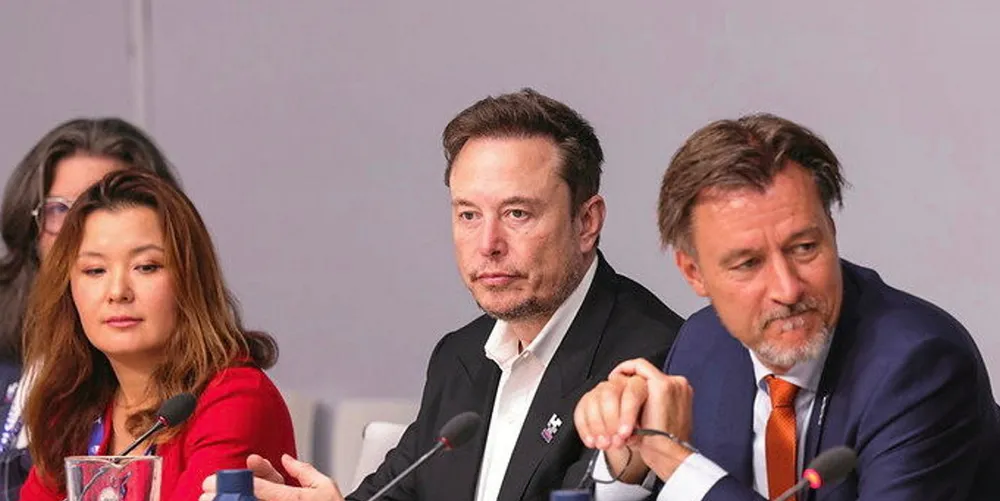Will rampant AI's 'insatiable' thirst for power leave green energy trailing in its wake?
As Elon Musk and others debate future risks of Artificial Intelligence, questions are raised over the massive energy demands the boom will create

As Elon Musk and others debate future risks of Artificial Intelligence, questions are raised over the massive energy demands the boom will create
